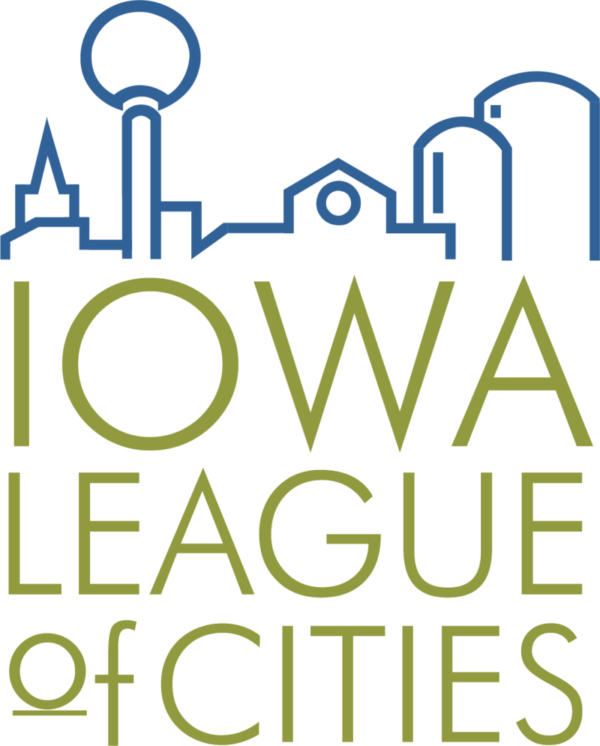Involuntary annexation means that some or all of the property owners within the proposed annexation area are opposed to the action. As one might suspect, this type of annexation can lead to disagreements over the best course of action to take. It is important to work with the city attorney throughout the process to ensure the city is taking the proper steps.Code of Iowa Sections 368.11 through 368.22 deal specifically with involuntary annexation. Guidelines are further explained within the Administrative Rules of the City Development Board which are housed within Chapter 263 of the Iowa Administrative Code.
Responsibilities of the City
Code of Iowa Section 368.17 requires the parties interested in involuntary annexation carry the capability of providing substantial benefits to the proposed area and the motivating factor behind annexation is not simply to increase revenues for the city. Additionally, Code Section 368.11 requires a petitioning city to provide details for a three year service provision plan, demonstrating future intentions within the annexed area. These code sections ensure cities cannot annex territory for purely fiscal reasons. Requests for involuntary annexation are filed in petition form with the City Development Board and must include the specific information listed in Code Section 368.11. Prior to filing for an involuntary annexation, petitioning cities are required to follow several steps of notification for impacted landowners and municipalities. At least 10 days before the petition for involuntary annexation is filed, the petitioning city must make its intentions known by sending a letter through certified mail to:
- The councils of each city directly affected by the proposed annexation
- The board of supervisors of each county containing portions of the territory
- The regional planning authority of the involved territory
- Each affected public utility
- Each affected property owner named in the petition
The certified notification must include notice that the petitioners will hold a public meeting on the petition for involuntary annexation prior to the filing. Notice of the meeting must be published in an official county newspaper in each county containing part of the affected territory, at least five days before the date of the public meeting. The mayor of the city proposing to annex the territory, or mayor’s designee, shall serve as the chairperson of the public meeting. The public meeting will serve as a chance for citizens from the impacted territories to voice their disagreements and have their concerns placed in public record.
City Development Board Actions
If the petitioning city decides to continue with the involuntary annexation after the public meeting, the petition will be sent to the City Development Board as well as to the correct parties (affected city councils, boards of supervisors, regional planning commissions). The board may dismiss the petition if it does not meet the requirements of Code Chapter 368. If dismissed, all parties will be immediately notified by the City Development Board. If not dismissed, the Board will initiate further proceedings and may request the city submit a plan for city development or may formulate its own plan for development.
As the involuntary annexation process continues, a public hearing is held for the impacted parties from the area. A committee comprised of two local representatives (usually one representative from the petitioning city and one representative from the affected territory) and members of the City Development Board must provide notice of the public hearing to affected city councils, county board of supervisors and any regional planning authority. The notice of hearing will follow the guidelines provided in Code Section 362.3, with the added requirement of having the hearing published in two issues of a newspaper of general circulation in each city and territory, rather than one issue. At this public hearing anyone may submit written briefs, and with the committee’s discretion, have the possibility of being heard.
After the public hearing the committee can approve any proposal it finds to be in the public interest. The committee may not approve an annexation proposal unless the territory to be annexed is adjoining the annexing city and the annexing city will be able to provide municipal services and benefits not previously available to that territory. The committee has 90 days after the final hearing to approve or disapprove the proposal. Upon approval, the City Development Board will set a date not less than 30 and no more than 90 days for a special election for final approval by qualified voters of the affected territory and within the petitioning city. The special election will be managed by the County Commissioner of Elections, and the annexation proposal will pass with a simple majority of those voting.
Procedures after Approval
After certification of election from the county commissioner of elections, the City Development Board will:
- Serve and publish notice of the results as provided in Code Section 362.3.
- File with the Secretary of State, clerks of involved cities and affected county recorders official copies of the proceeding.
- File a copy of the map and legal land description of each completed annexation to the Iowa Department of Transportation.
A city, resident or property owner in the impacted territory or annexing city may appeal the Board’s decision or the legality of the election to the district court of any county containing a portion of disputed territory or in which the city is located. An appeal must be filed within 30 days of the filing of the decision or publication of results from the election. The appeal does not stay the election, but the court may reverse and remand a decision of the City Development Board.
If the proposed annexation is approved through election, the annexation becomes complete after the City Development Board has filed the required documents with the proper authorities and the 30 day appeal period has expired.






